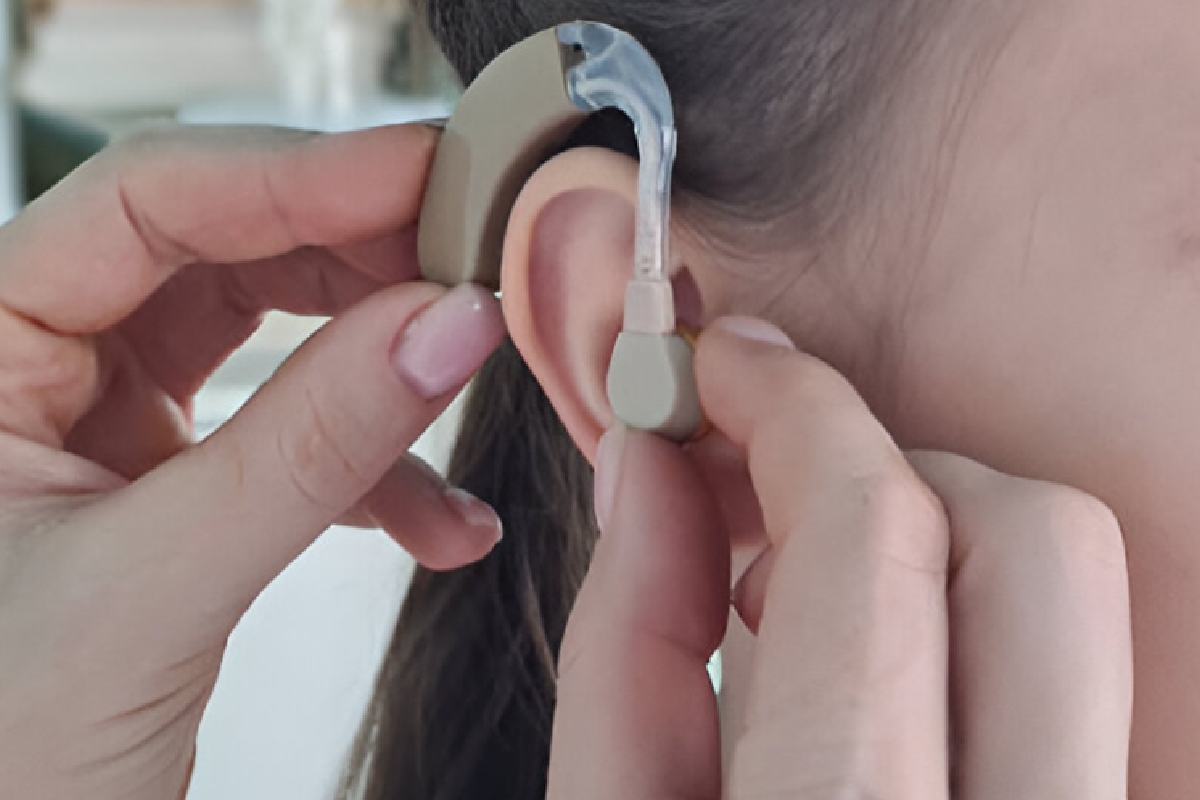Explore why cochlear implants may be considered problematic. Learn about medical risks, device limitations, emotional impacts, cultural concerns, and long-term costs associated with cochlear implants. Understand both sides before making a decision.
Table of Contents
Medical and Surgical Risks
- Cochlear implant surgery is invasive and requires anesthesia
- Risk of infection at the surgical site
- Possibility of facial nerve damage during surgery
- Dizziness or balance problems post-surgery
- Headaches or discomfort around the implant site
- Tinnitus (ringing in the ears) may increase
- Possibility of spinal fluid leak during surgery
- Rare risk of meningitis post-surgery
- Scar tissue can form, causing discomfort
- Some individuals have allergic reactions to implant materials
Device Limitations
- Cochlear implants do not restore normal hearing
- Sound heard is mechanical or robotic compared to natural hearing
- May not work well in noisy environments
- Limited in detecting musical tones and emotional nuances
- Difficulties recognizing speech in group conversations
- Dependence on external devices (speech processor, cables, magnet)
- Not effective for everyone, especially with auditory nerve damage
- Battery-powered — requires regular charging or replacements
- Speech perception may still be limited even after rehabilitation
Outcomes vary widely among individuals
Neurological & Cognitive Concerns
- Brain may need to “re-learn” how to interpret new signals
- Overstimulation may cause fatigue, especially in children
- Some recipients experience sensory overload
- Risk of auditory overstimulation leading to confusion or irritability
- May affect spatial awareness and balance
- Long adaptation period required; not an instant fix
- Some experience “phantom sounds” or auditory hallucinations
- Auditory nerve may still degrade over time despite implantation
Pediatric and Developmental Concerns
- Surgery on infants is often irreversible
- Difficult to predict long-term impact on developing brain
- Children may require multiple surgeries as they grow
- Some children reject or resist the device psychologically
- Social pressure on deaf children to “normalize” hearing
- Delayed speech and language may still occur despite implantation
- Some educators are not trained to handle CI-equipped students
- Device failures in children cause anxiety and isolation
- Emotional dependency on technology from an early age
- Bullying or stigma in schools for wearing visible devices
Technical Failures and Maintenance
- Internal parts can malfunction or shift over time
- External processors can break or disconnect
- Replacement or reprogramming may be needed frequently
- Repairs and re-implantation surgeries are costly
- Signal dropouts may happen in certain environments
- Requires routine visits for mapping and programming
- Newer models may not be compatible with older implants
- Sound quality may degrade over time
- Magnetic dislodgment is possible with physical activity
Water damage or sweat can affect external device
High Costs
- Cochlear implants are expensive
- Not all health insurance covers the full cost
- Rehabilitation and therapy add to the total expense
- Long-term maintenance cost is often underestimated
- Spare parts and accessories are costly
- Replacing lost or damaged components can be financially straining
- Device upgrades are optional but expensive
- Public sector hospitals may have long wait times for subsidy cases
- Rural and low-income families face accessibility issues
Often requires traveling to urban centers for services
Deaf Culture and Identity Concerns
- Some in the Deaf community view cochlear implants as cultural erasure
- Seen as an attempt to “fix” something that isn’t broken
- Can isolate deaf children from sign language and Deaf peers
- Promotes oralism over bilingual (sign + oral) education
- Creates a divide between Deaf and hearing worlds
- Family pressure to conform to hearing norms
- Undermines Deaf pride and identity
- May discourage learning of sign language
- Perceived as valuing hearing over visual communication
Loss of community connection among Deaf adults who get implanted
Psychological and Emotional Impact
- Users may feel like they “belong nowhere” – not fully hearing or Deaf
- Device failure can lead to frustration and anxiety
- Pressure to succeed with CI may cause stress in children
- Teenagers may feel embarrassed wearing external device
- Parents may feel guilt or disappointment if outcomes are poor
- Performance anxiety in noisy environments
- Feeling isolated due to constant effort required to listen
- Difficulty building confidence with inconsistent hearing
- Fear of dependence on device for functioning
- Some regret getting the implant later in life
Lifestyle and Practical Limitations
- Cannot undergo certain medical tests like MRI (without precautions)
- Must avoid strong electromagnetic fields (e.g., welding machines)
- Security checks at airports may be problematic
- Not all sports or activities are CI-friendly
- Water sports require extra care or waterproof accessories
- Sleep with the device is not possible — can’t hear while asleep
- Removing the device means losing hearing completely (for those with profound loss)
- Travel can be difficult without spare equipment or batteries
- Wearing helmets or hats may be uncomfortable
- Difficult to wear glasses/sunglasses with over-the-ear processors
Educational & Communication Barriers
- Some children still need sign language support in school
- Not all teachers or staff are trained in CI support
- Listening fatigue affects academic focus
- Classrooms may be too noisy for effective CI use
- Need for special accommodations during exams or lectures
- Remote learning with CI has limitations due to audio quality
- Peer communication difficulties during group work
- Some kids lag in reading comprehension despite CI
- Learning a second language may be harder
- Poor school infrastructure affects consistent use and learning
Limited Access in Developing Regions
- Lack of trained audiologists in rural areas
- Post-surgical therapy centers are rare in small towns
- Families may stop rehabilitation due to travel and cost
- Language support in regional dialects is lacking
- Public awareness of CI is still low
- Cultural stigma around surgery and hearing loss
- Many children go un-diagnosed or receive CI too late
Not a Universal Solution
- Cochlear implants do not benefit every deaf person
- Adults who lost hearing early in life often struggle post-implant
- People with auditory nerve damage don’t qualify
- Some individuals don’t adjust even after long-term therapy
- Not all hearing loss types are CI-compatible
- Older adults may face cognitive difficulties adapting
- Speech recognition does not improve equally for all
Social Expectations vs. Reality
- Families may expect instant “cure” after surgery
- Unrealistic expectations can lead to disappointment
- Society may stop offering accessibility assuming implant “solves” everything
- Parents feel pressured to choose CI over sign language
- Hearing peers may assume full understanding post-CI
- Employers may expect “normal hearing” without accommodations
- Some users hide device due to stigma
- Misconception that CI removes need for inclusivity
Conclusion
Cochlear implants offer many benefits, but they come with risks, limitations, and ethical concerns
They are not a perfect solution for all types of hearing loss
Cultural, emotional, and financial factors make them controversial in some communities
Informed decision-making, realistic expectations, and access to rehabilitation are essential for success
Listening to both medical experts and the Deaf community helps families make the best choices

